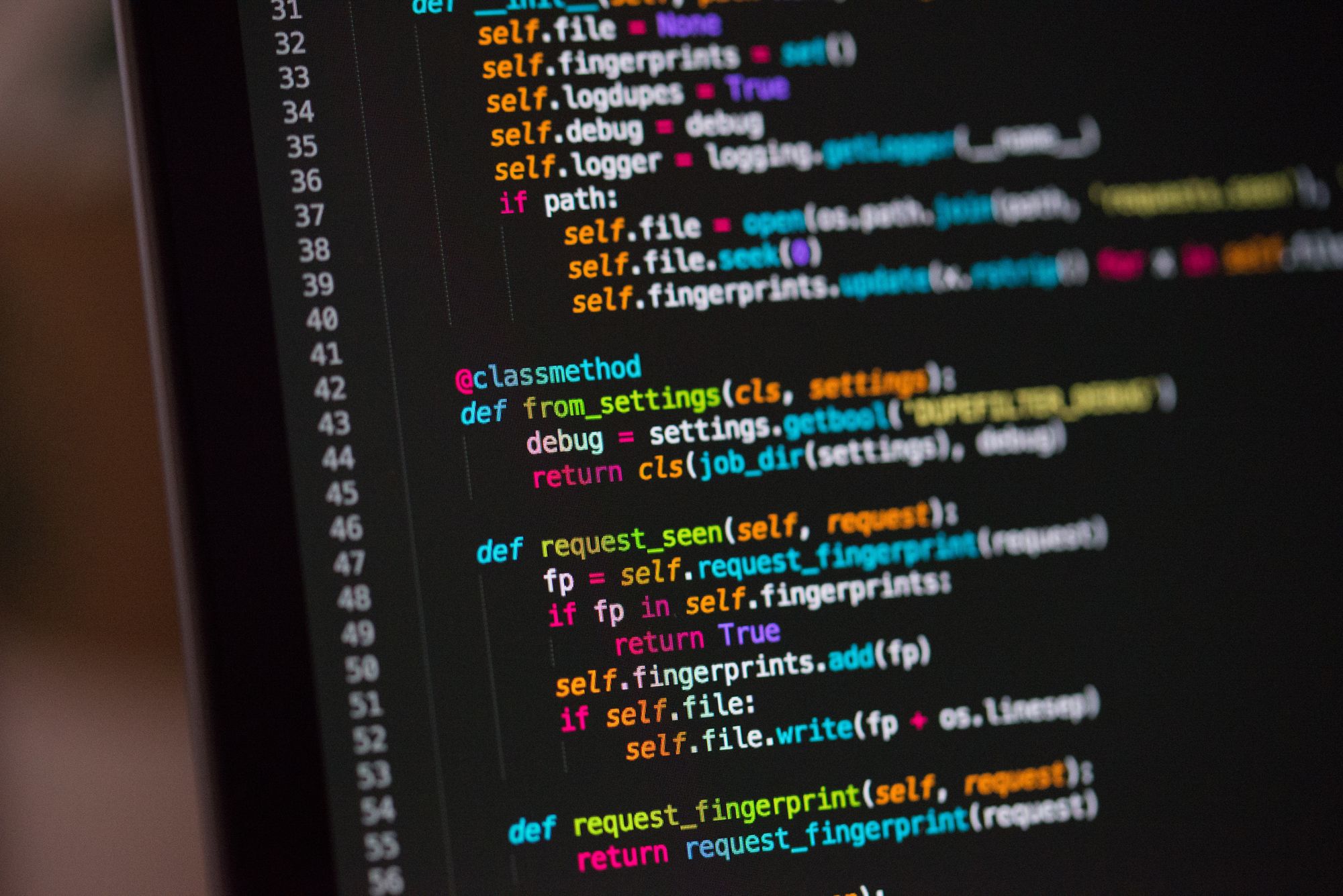Привет, ребята, я новичок в машинном обучении. Я сделал несколько снимков на свой телефон и использовал его, чтобы обучить нейронную сеть распознавать мое лицо. Но когда я запускаю файл прогнозирования python. Появилась ошибка ниже. Я пытался искать в Интернете, чтобы найти решение безрезультатно. См. ошибку: ValueError: ввод 0 последовательного слоя несовместим со слоем: ожидаемая ось -1 входной формы имеет значение 3, но получен ввод с формой [Нет, 224, 224, 1]
ниже код тренировки
from tensorflow.keras.preprocessing.image import ImageDataGenerator
from tensorflow.keras.applications import MobileNetV2
from tensorflow.keras.layers import AveragePooling2D
from tensorflow.keras.layers import Dropout
from tensorflow.keras.layers import Flatten
from tensorflow.keras.layers import Dense
from tensorflow.keras.layers import Input
from tensorflow.keras.models import Model
from tensorflow.keras.optimizers import Adam
from tensorflow.keras.applications.mobilenet_v2 import preprocess_input
from tensorflow.keras.preprocessing.image import img_to_array
from tensorflow.keras.preprocessing.image import load_img
from tensorflow.keras.utils import to_categorical
from sklearn.preprocessing import LabelBinarizer
from sklearn.model_selection import train_test_split
from sklearn.metrics import classification_report
from imutils import paths
import matplotlib.pyplot as plt
import numpy as np
import os
import tensorflow as tf
#initialize the initial learning rate, number of epochs to train for,
#and batch size
INIT_LR = 1e-4
EPOCHS = 5
BS = 32
DIRECTORY = r"C:\Users\CHIJINDU\Desktop\Tense2"
CATEGORIES = ["KUDOS", "Uju nwa"]
#grab the list of images in our dataset directory, then initialize
#the list of data (i.e., images) and class images
print("[INFO] loading images...")
data = []
labels = []
for category in CATEGORIES:
path = os.path.join(DIRECTORY, category)
for img in os.listdir(path):
img_path = os.path.join(path, img)
image = load_img(img_path, target_size=(224, 224))
image = img_to_array(image)
image = preprocess_input(image)
data.append(image)
labels.append(category)
#perform one-hot encoding on the labels
lb = LabelBinarizer()
labels = lb.fit_transform(labels)
labels = to_categorical(labels)
data = np.array(data, dtype="float32")
labels = np.array(labels)
(trainX, testX, trainY, testY) = train_test_split(data, labels,
test_size=0.20, stratify=labels, random_state=42)
#construct the training image generator for data augmentation
aug = ImageDataGenerator(
rotation_range=20,
zoom_range=0.15,
width_shift_range=0.2,
height_shift_range=0.2,
shear_range=0.15,
horizontal_flip=True,
fill_mode="nearest")
model = tf.keras.models.Sequential([
tf.keras.layers.Conv2D(32, (3,3), activation='relu', input_shape=(224, 224, 3)),
tf.keras.layers.MaxPooling2D(2, 2),
tf.keras.layers.Conv2D(64, (3,3), activation='relu'),
tf.keras.layers.MaxPooling2D(2, 2),
tf.keras.layers.Conv2D(128, (3,3), activation='relu'),
tf.keras.layers.MaxPooling2D(2, 2),
tf.keras.layers.Conv2D(128, (3,3), activation='relu'),
tf.keras.layers.MaxPooling2D(2, 2),
tf.keras.layers.Flatten(),
tf.keras.layers.Dense(512, activation='relu'),
tf.keras.layers.Dense(2, activation='softmax')
])
#compile our model
print("[INFO] compiling model...")
opt = Adam(lr=INIT_LR, decay=INIT_LR / EPOCHS)
model.compile(loss="binary_crossentropy", optimizer=opt,
metrics=["accuracy"])
#train the head of the network
print("[INFO] training head...")
H = model.fit(
aug.flow(trainX, trainY, batch_size=BS),
steps_per_epoch=len(trainX) // BS,
validation_data=(testX, testY),
validation_steps=len(testX) // BS,
epochs=EPOCHS)
#make predictions on the testing set
print("[INFO] evaluating network...")
predIdxs = model.predict(testX, batch_size=BS)
#for each image in the testing set we need to find the index of the
#label with corresponding largest predicted probability
predIdxs = np.argmax(predIdxs, axis=1)
#show a nicely formatted classification report
print(classification_report(testY.argmax(axis=1), predIdxs,
target_names=lb.classes_))
#serialize the model to disk
print("[INFO] saving mask detector model...")
model.save("Kudos_Uju.model", save_format="h5")
Ниже приведен код предсказания
import os
import cv2
import numpy as np
from keras.models import model_from_json
from keras.preprocessing import image
from keras.preprocessing.image import load_img, img_to_array
from keras.models import load_model
import tensorflow as tf
#load model
model = load_model('Kudos_Uju.model')
face_cascade =cv2.CascadeClassifier(cv2.data.haarcascades + "haarcascade_frontalface_default.xml")
cap=cv2.VideoCapture(0)
while True:
ret,test_img=cap.read() #captures frame and returns boolean value and captured im
if not ret:
continue
gray_img= cv2.cvtColor(test_img, cv2.COLOR_BGR2GRAY)
faces_detected = face_cascade.detectMultiScale(gray_img, 1.32, 5)
for (x,y,w,h) in faces_detected:
cv2.rectangle(test_img,(x,y),(x+w,y+h),(255,0,0),thickness=7)
roi_gray=gray_img[y:y+w,x:x+h]#cropping region of interest i.e. face area fro
roi_gray=cv2.resize(roi_gray,(224,224))
img_pixels = image.img_to_array(roi_gray)
img_pixels = np.expand_dims(img_pixels, axis = 0)
img_pixels /= 255
predictions = model.predict(img_pixels)
#find max indexed array
max_index = np.argmax(predictions[0])
faces = ('Kudos', 'Uju')
predicted_face = faces[max_index]
cv2.putText(test_img, predicted_face, (int(x), int(y)), cv2.FONT_HERSHEY_COMPLEX, 0.7, (0,255,0), 2)
resized_img = cv2.resize(test_img, (1000, 700))
cv2.imshow('Face Prediction ',resized_img)
if cv2.waitKey(10) == ord('q'):#wait until 'q' key is pressed
break
cap.release()
cv2.destroyAllWindows
И это ошибка, которую я получил
2021-05-02 12:28:40.152642: W tensorflow/stream_executor/platform/default/dso_loader.cc:59] Could not load dynamic library 'cudart64_101.dll'; dlerror: cudart64_101.dll not found
2021-05-02 12:28:40.152905: I tensorflow/stream_executor/cuda/cudart_stub.cc:29] Ignore above cudart dlerror if you do not have a GPU set up on your machine.
2021-05-02 12:28:48.560094: W tensorflow/stream_executor/platform/default/dso_loader.cc:59] Could not load dynamic library 'nvcuda.dll'; dlerror: nvcuda.dll not found
2021-05-02 12:28:48.560477: W tensorflow/stream_executor/cuda/cuda_driver.cc:312] failed call to cuInit: UNKNOWN ERROR (303)
2021-05-02 12:28:48.563335: I tensorflow/stream_executor/cuda/cuda_diagnostics.cc:169] retrieving CUDA diagnostic information for host: DESKTOP-08KM270
2021-05-02 12:28:48.563576: I tensorflow/stream_executor/cuda/cuda_diagnostics.cc:176] hostname: DESKTOP-08KM270
2021-05-02 12:28:48.564366: I tensorflow/core/platform/cpu_feature_guard.cc:142] This TensorFlow binary is optimized with oneAPI Deep Neural Network Library (oneDNN)to use the following CPU instructions in performance-critical operations: AVX2
To enable them in other operations, rebuild TensorFlow with the appropriate compiler flags.
2021-05-02 12:28:48.574722: I tensorflow/compiler/xla/service/service.cc:168] XLA service 0xeeb5525970 initialized for platform Host (this does not guarantee that XLA will be used). Devices:
2021-05-02 12:28:48.575031: I tensorflow/compiler/xla/service/service.cc:176] StreamExecutor device (0): Host, Default Version
Traceback (most recent call last):
File "C:/Users/CHIJINDU/AppData/Roaming/JetBrains/PyCharmEdu2020.1/scratches/KPred2.py", line 35, in
predictions = model.predict(img_pixels)
File "C:\Users\CHIJINDU\AppData\Local\Programs\Python\Python38\lib\site-packages\tensorflow\python\keras\engine\training.py", line 130, in _method_wrapper
return method(self, *args, **kwargs)
File "C:\Users\CHIJINDU\AppData\Local\Programs\Python\Python38\lib\site-packages\tensorflow\python\keras\engine\training.py", line 1599, in predict
tmp_batch_outputs = predict_function(iterator)
File "C:\Users\CHIJINDU\AppData\Local\Programs\Python\Python38\lib\site-packages\tensorflow\python\eager\def_function.py", line 780, in __call__
result = self._call(*args, **kwds)
File "C:\Users\CHIJINDU\AppData\Local\Programs\Python\Python38\lib\site-packages\tensorflow\python\eager\def_function.py", line 823, in _call
self._initialize(args, kwds, add_initializers_to=initializers)
File "C:\Users\CHIJINDU\AppData\Local\Programs\Python\Python38\lib\site-packages\tensorflow\python\eager\def_function.py", line 696, in _initialize
self._stateful_fn._get_concrete_function_internal_garbage_collected( # pylint: disable=protected-access
File "C:\Users\CHIJINDU\AppData\Local\Programs\Python\Python38\lib\site-packages\tensorflow\python\eager\function.py", line 2855, in _get_concrete_function_internal_garbage_collected
graph_function, _, _ = self._maybe_define_function(args, kwargs)
File "C:\Users\CHIJINDU\AppData\Local\Programs\Python\Python38\lib\site-packages\tensorflow\python\eager\function.py", line 3213, in _maybe_define_function
graph_function = self._create_graph_function(args, kwargs)
File "C:\Users\CHIJINDU\AppData\Local\Programs\Python\Python38\lib\site-packages\tensorflow\python\eager\function.py", line 3065, in _create_graph_function
func_graph_module.func_graph_from_py_func(
File "C:\Users\CHIJINDU\AppData\Local\Programs\Python\Python38\lib\site-packages\tensorflow\python\framework\func_graph.py", line 986, in func_graph_from_py_func
func_outputs = python_func(*func_args, **func_kwargs)
File "C:\Users\CHIJINDU\AppData\Local\Programs\Python\Python38\lib\site-packages\tensorflow\python\eager\def_function.py", line 600, in wrapped_fn
return weak_wrapped_fn().__wrapped__(*args, **kwds)
File "C:\Users\CHIJINDU\AppData\Local\Programs\Python\Python38\lib\site-packages\tensorflow\python\framework\func_graph.py", line 973, in wrapper
raise e.ag_error_metadata.to_exception(e)
ValueError: in user code:
C:\Users\CHIJINDU\AppData\Local\Programs\Python\Python38\lib\site-packages\tensorflow\python\keras\engine\training.py:1462 predict_function *
return step_function(self, iterator)
C:\Users\CHIJINDU\AppData\Local\Programs\Python\Python38\lib\site-packages\tensorflow\python\keras\engine\training.py:1452 step_function **
outputs = model.distribute_strategy.run(run_step, args=(data,))
C:\Users\CHIJINDU\AppData\Local\Programs\Python\Python38\lib\site-packages\tensorflow\python\distribute\distribute_lib.py:1211 run
return self._extended.call_for_each_replica(fn, args=args, kwargs=kwargs)
C:\Users\CHIJINDU\AppData\Local\Programs\Python\Python38\lib\site-packages\tensorflow\python\distribute\distribute_lib.py:2585 call_for_each_replica
return self._call_for_each_replica(fn, args, kwargs)
C:\Users\CHIJINDU\AppData\Local\Programs\Python\Python38\lib\site-packages\tensorflow\python\distribute\distribute_lib.py:2945 _call_for_each_replica
return fn(*args, **kwargs)
C:\Users\CHIJINDU\AppData\Local\Programs\Python\Python38\lib\site-packages\tensorflow\python\keras\engine\training.py:1445 run_step **
outputs = model.predict_step(data)
C:\Users\CHIJINDU\AppData\Local\Programs\Python\Python38\lib\site-packages\tensorflow\python\keras\engine\training.py:1418 predict_step
return self(x, training=False)
C:\Users\CHIJINDU\AppData\Local\Programs\Python\Python38\lib\site-packages\tensorflow\python\keras\engine\base_layer.py:975 __call__
input_spec.assert_input_compatibility(self.input_spec, inputs,
C:\Users\CHIJINDU\AppData\Local\Programs\Python\Python38\lib\site-packages\tensorflow\python\keras\engine\input_spec.py:212 assert_input_compatibility
raise ValueError(
ValueError: Input 0 of layer sequential is incompatible with the layer: expected axis -1 of input shape to have value 3 but received input with shape [None, 224, 224, 1]
Process finished with exit code 1




